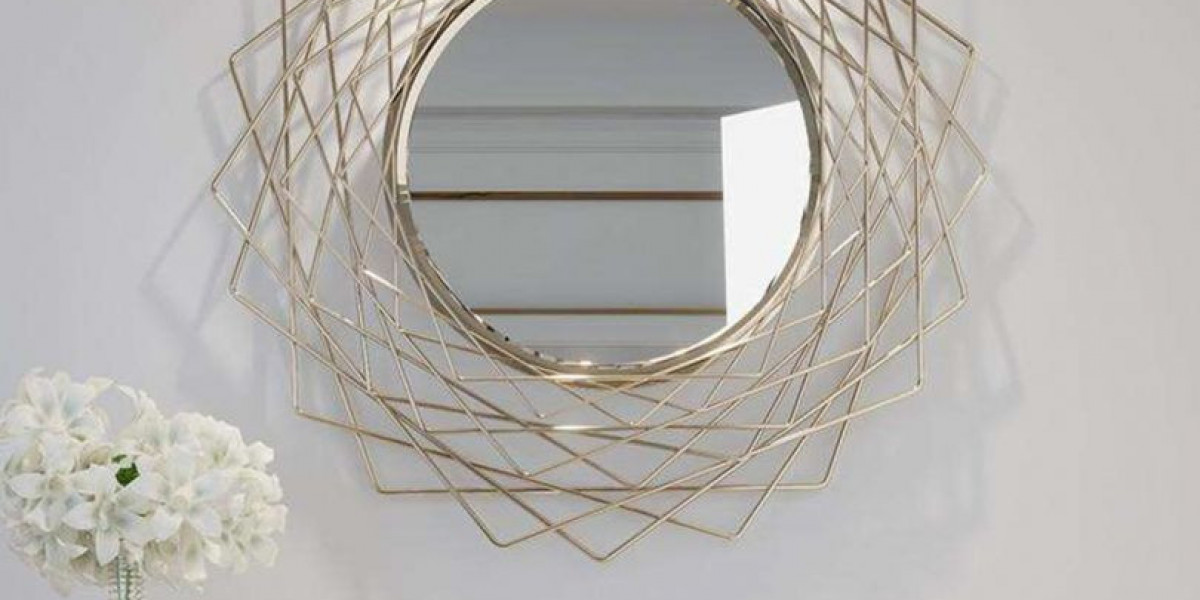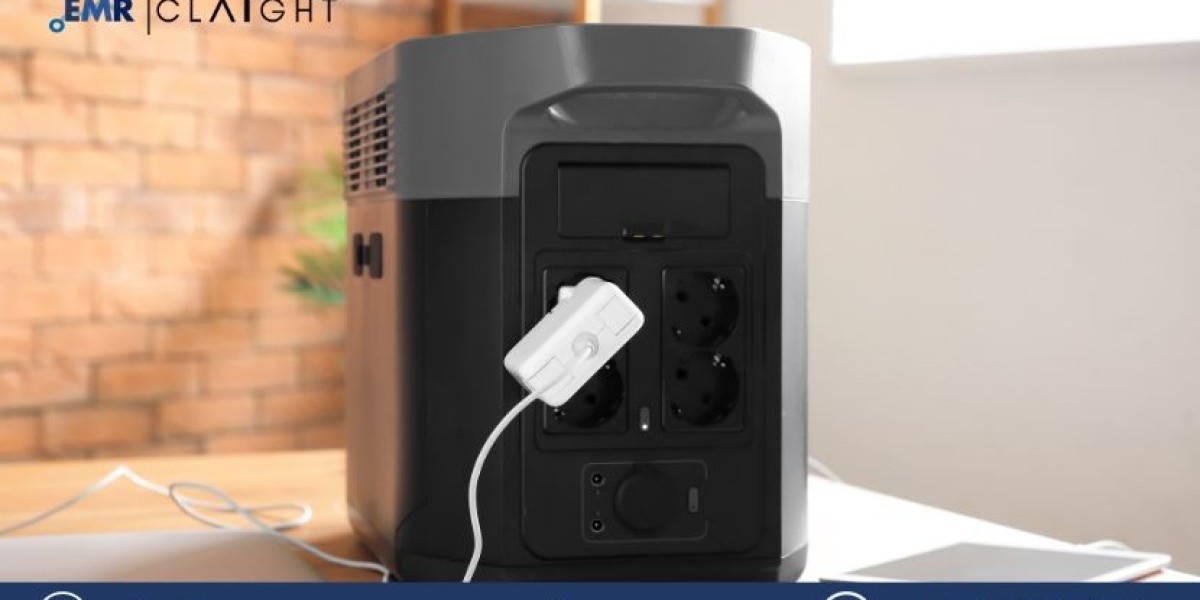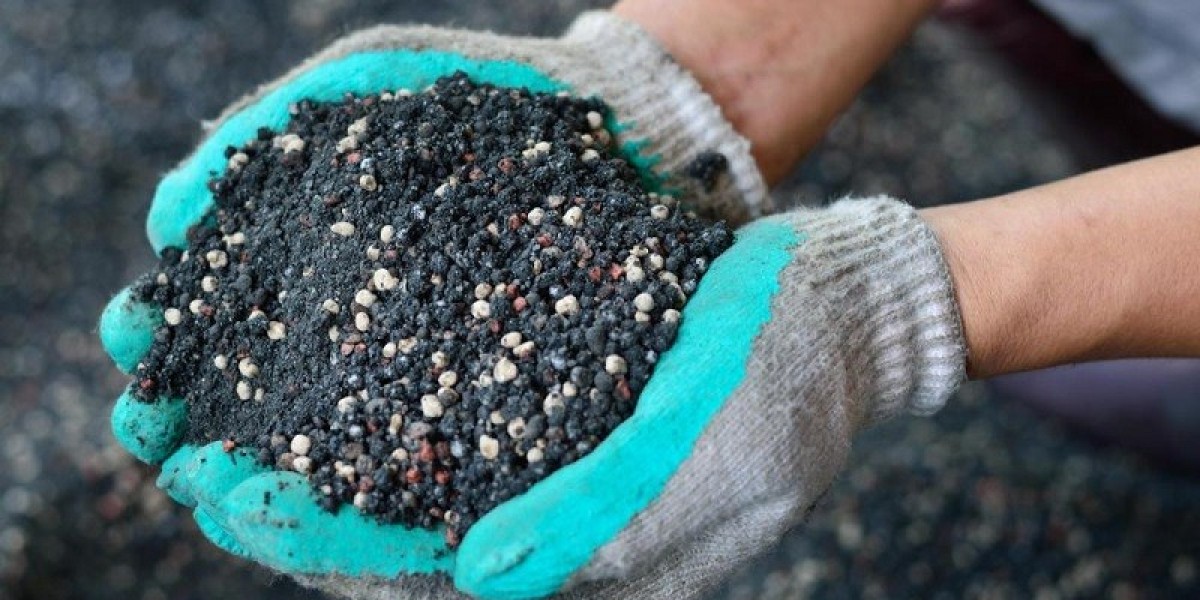Standing wall mirrors, also known as floor mirrors or leaner mirrors, are increasingly popular in modern home decor. They offer a stylish and functional way to create the illusion of space, enhance lighting, and serve practical purposes like dressing and grooming. But while these mirrors add elegance to your interiors, they can also pose safety hazards if not properly secured.
Whether you’re using a large mirror in your bedroom, hallway, or living room, anchoring it safely is critical—especially in homes with children, pets, or high foot traffic. In this article, we’ll guide you through the best ways to secure a standing wall mirror, offer essential safety tips, and help you choose the right hardware and techniques based on your space.
Why Securing a Standing Wall Mirror Matters
Unlike wall-mounted mirrors, standing mirrors are not fixed to any structure and can easily tip over if bumped or if the floor is uneven. Here’s why securing your floor mirror is so important:
Prevent Accidents: A falling mirror can cause serious injury to children, pets, or anyone nearby.
Protect Property: Leaning mirrors are heavy and can damage floors, walls, and furniture if they fall.
Improve Stability: Even a slight tilt or shake can distort the reflection or cause unease. Securing ensures a stable, clear view.
Step-by-Step Guide to Securing a Standing Wall Mirror
1. Choose the Right Spot
Before anything else, choose a suitable location for your mirror. Here’s what to look for:
A flat and even floor surface.
A low-traffic area to avoid frequent bumps.
A solid wall surface if you plan to anchor it.
Plenty of natural or artificial light to enhance the mirror’s effect.
Avoid placing it near doors, stairs, or in narrow hallways where it’s more likely to be knocked over.
2. Use Anti-Tip Wall Straps
One of the most secure and widely recommended ways to anchor a floor mirror is by using anti-tip wall straps. These are commonly used for securing furniture like bookshelves and dressers, but work just as well for mirrors.
Installation Steps:
Mark the Spot: Decide how high on the wall you want to attach the strap.
Screw the Strap into the Mirror Frame: Most standing mirrors have a wooden or metal frame that can hold screws. Be sure to drill into the solid part.
Screw the Strap into the Wall Stud: Use a stud finder to ensure you’re drilling into a stud, which can bear the weight.
Tighten and Adjust: Keep the strap slightly loose to allow the mirror to lean, but tight enough to prevent tipping.
Tip: Always use two straps—one on each side—for better balance and hold.
3. Use L-Brackets for Fixed Positioning
If you’re confident about keeping the mirror in a permanent spot, L-brackets offer a robust solution. These small metal brackets attach to the mirror’s frame and the wall to hold it firmly in place.
How to Use:
Position the mirror where you want it to stay.
Mark the wall and frame contact points.
Attach one side of the bracket to the frame, the other to the wall.
Check with a level before securing everything.
This method is ideal for heavy mirrors that you don’t plan to move frequently.
4. Use Non-Slip Rubber Pads or Furniture Grippers
For light to medium-weight Wall Mirrors that aren’t against a wall or can’t be drilled, non-slip pads can offer temporary stability.
These pads are placed under the mirror to create friction between the floor and the mirror base. They're especially useful on slick surfaces like hardwood, tile, or marble floors.
While not as secure as wall-anchoring methods, this solution helps prevent sliding and minor tipping.
5. Mount the Mirror if Possible
If your standing mirror is designed with D-rings or has a hook on the back, consider wall-mounting it completely. This transforms it from a leaning mirror into a wall mirror, eliminating most tipping risks.
Mounting a mirror requires:
Stud finder
Anchors and screws
Brackets or French cleats
A second person for assistance
Wall-mounted mirrors are ideal for households with kids or pets.
6. Place Heavy Furniture in Front
This method is not a direct way to secure the mirror but works in certain setups. Placing a console table, bench, or cabinet in front of the base of a leaning mirror reduces the chance of tipping forward.
Just make sure the furniture is sturdy and flush with the mirror to provide reliable support.
Additional Safety Tips
Securing the mirror is only part of the safety process. Here are some additional precautions you can take:
A. Use Tempered Glass Mirrors
Tempered glass is far safer than standard glass because it breaks into small, blunt pieces instead of sharp shards. Always check for a tempered glass label when buying a standing mirror.
B. Keep Away from Play Areas
Even a secured mirror can be risky around highly active children. Avoid placing it near play zones or areas where kids frequently run or jump.
C. Regularly Inspect the Hardware
Over time, straps and screws can loosen. Make it a habit to check the anchor points every few months and tighten if necessary.
D. Secure During Cleaning
When cleaning around or behind the mirror, take extra care not to nudge it. Always use a microfiber cloth and avoid pushing on the frame.
Decorative and Functional Benefits of Secured Mirrors
Once your mirror is secure, you can enjoy its many benefits worry-free:
Room Enlargement: Creates the illusion of more space.
Light Reflection: Brightens dark corners and rooms.
Style Statement: Acts as a dramatic focal point.
Practical Use: Perfect for full-length dressing, grooming, and fitness.
A securely installed mirror enhances not just safety but also your daily living experience.
When to Call a Professional
If your mirror is:
Heavier than 40–50 kg,
Made from fragile or antique materials,
To be placed on uneven flooring or a slanted wall,
…it’s best to hire a professional installer. They have the tools and expertise to ensure your mirror is safely and correctly secured, minimizing risks.
Conclusion
Standing wall mirrors are a beautiful and functional addition to any home, but their size and weight make secure installation essential. Depending on your space, you can choose from a variety of methods—from anti-tip straps and L-brackets to full wall-mounting. Always assess the location, weight, and frequency of movement before selecting a method. And remember, even the most stylish mirror loses its charm if it’s not safe.
For those looking to buy high-quality, stylish, and safe wall mirrors that are perfect for any interior, Wooden Street offers an impressive collection. From classic full-length floor mirrors to modern frameless designs, you'll find pieces that combine safety with aesthetics—ideal for any room in your home.








